Start-up company looks to develop fusion-powered ships

Fusion energy for commercial use is a technology that is yet to be realized, but one company is already setting its sights on taking it from land to sea.

A message from Goodway Technologies Corporation
Delivering Massive Efficiency (and Bottom-Line) Gains Through Chemical Descaling

Fusion energy for commercial use is a technology that is yet to be realized, but one company is already setting its sights on taking it from land to sea.
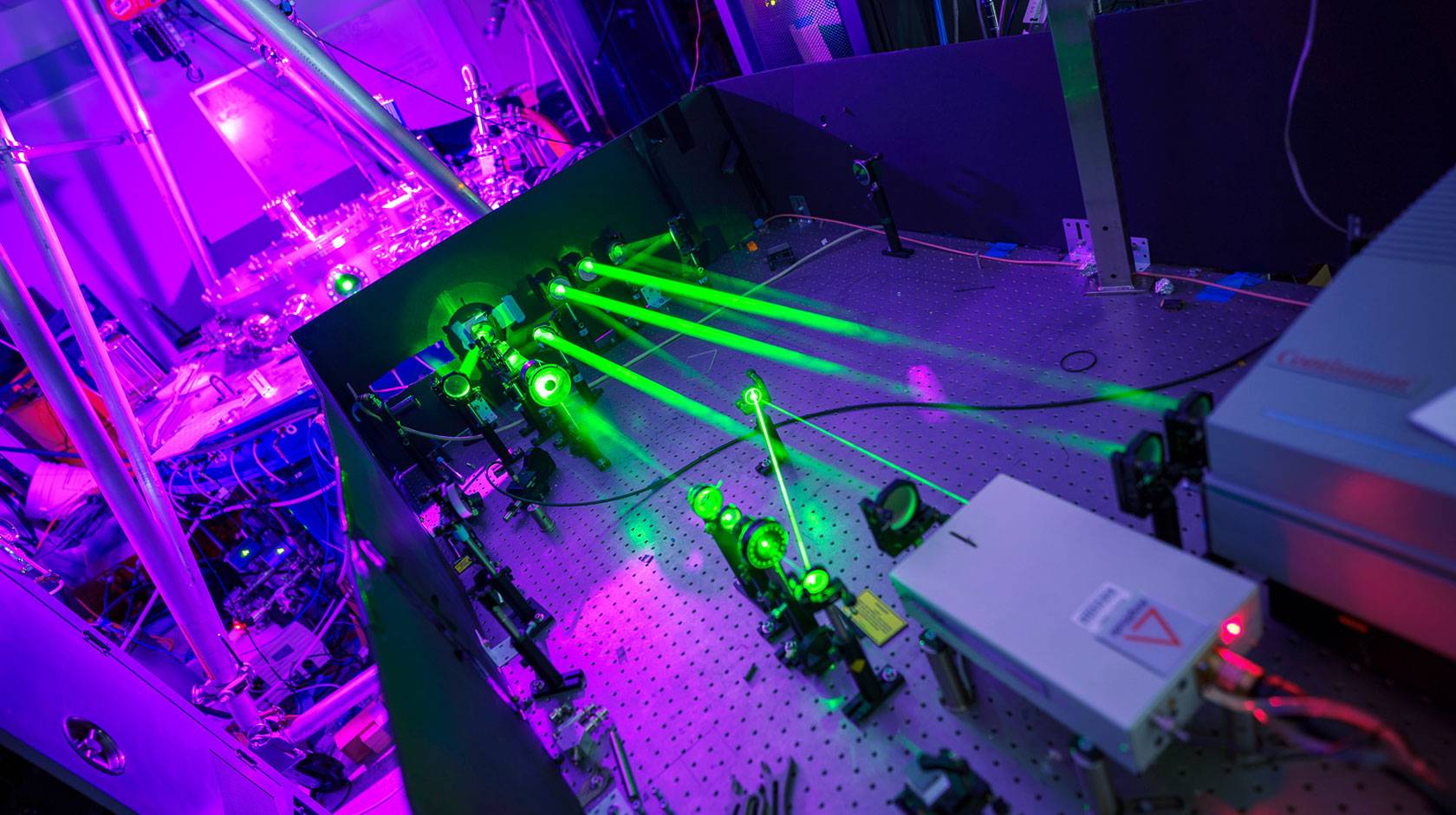
The University of California, through its Initiative for Fusion Energy, has awarded $8 million in multicampus research grants, in partnership with UC-managed national laboratories, to fund research aimed at accelerating progress toward fusion energy.
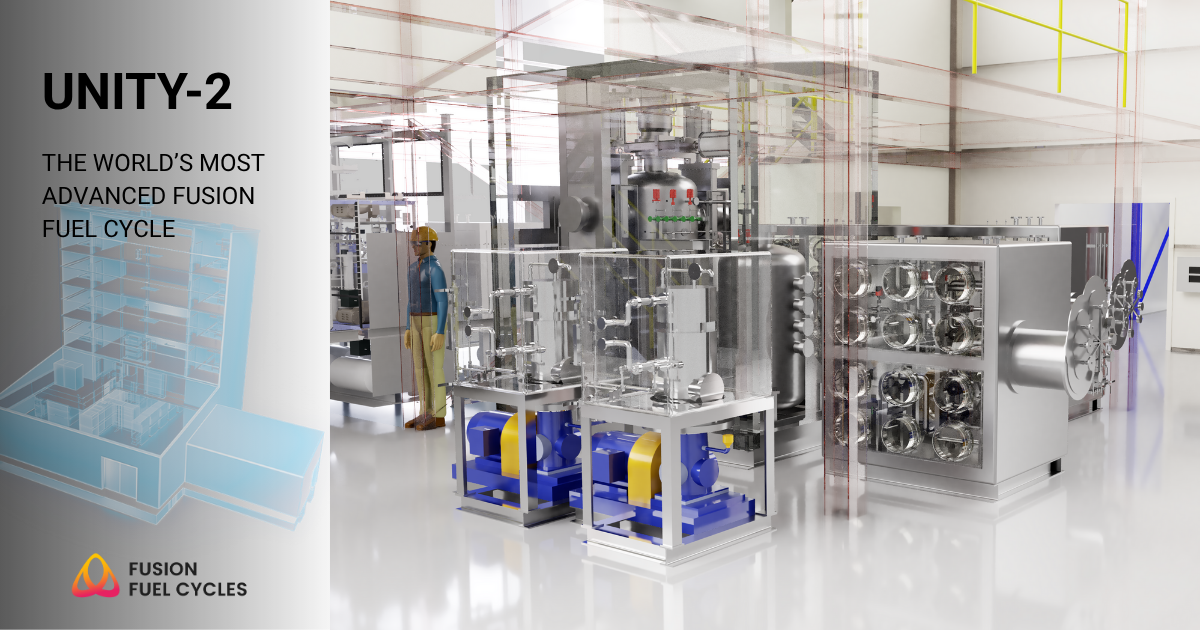
Canada’s Fusion Fuel Cycles Inc. (FFC), a joint venture between Canadian Nuclear Laboratories and Japan’s Kyoto Fusioneering, announced that it has officially entered the construction phase of its flagship project, the Unique Integrated Testing Facility (UNITY-2), at CNL’s Chalk River Laboratories in Ontario.
 In the report Fusion Forward: Powering America’s Future issued earlier this month by the Special Competitive Studies Project’s (SCSP) Commission on the Scaling of Fusion Energy, it warns that the United States is on the verge of losing the fusion power race to China.
In the report Fusion Forward: Powering America’s Future issued earlier this month by the Special Competitive Studies Project’s (SCSP) Commission on the Scaling of Fusion Energy, it warns that the United States is on the verge of losing the fusion power race to China.
Noting that China has invested at least $6.5 billion in its fusion enterprise since 2023, almost three times the funding received by the U.S. Department of Energy’s fusion program over the same period, the commission report urges the U.S. government to prioritize the rapid commercialization of fusion energy to secure U.S. national security and restore American energy leadership.
SCSP is a nonpartisan, nonprofit initiative making recommendations to strengthen America’s long-term competitiveness in emerging technologies. Launched in fall 2024, the 13-member commission is led by Sens. Maria Cantwell (D., Wash.) and Jim Risch (R., Idaho), along with SCSP president and commission co-chair Ylli Bajraktari.

Helical Fusion, a Japan-based fusion start-up that is developing a stellarator fusion power reactor, has announced it has successfully demonstrated its high-temperature superconducting (HTS) coil under relevant magnetic conditions.
A video highlighting the stellarator’s technology testing can be found here.
A new AI software tool for monitoring and controlling the plasma inside nuclear fuel systems has been developed by an international collaboration of scientists from Princeton University, Princeton Plasma Physics Laboratory (PPPL), Chung-Ang University, Columbia University, and Seoul National University. The software, which the researchers call Diag2Diag, is described in the paper, “Multimodal super-resolution: discovering hidden physics and its application to fusion plasmas,” published in Nature Communications.

Wald
Matt Wald, an independent energy analyst and a writer who contributes to the Breakthrough Institute and has written feature articles for Nuclear News, recently shared his nuclear perspectives in a Zoom talk with Friends of Oak Ridge National Laboratory, a nonprofit organization dedicated to fostering ORNL’s scientific goals.
Missed opportunity: Wald, a former reporter for The New York Times and a former policy analyst for the Nuclear Energy Institute, feels that the nuclear industry and community “have committed industrial sin. Nuclear suffered through a long drought, and now it sees terrific demand for its product, and it’s not ready to deliver the needed electricity.”
Google DeepMind—Google’s artificial intelligence development subsidiary—recently announced a new partnership with fusion start-up Commonwealth Fusion Systems. The goal of this collaboration is to leverage AI to both advance plasma simulation and discover novel control strategies, ultimately accelerating CFS’s timeline to deliver commercial fusion to the grid.
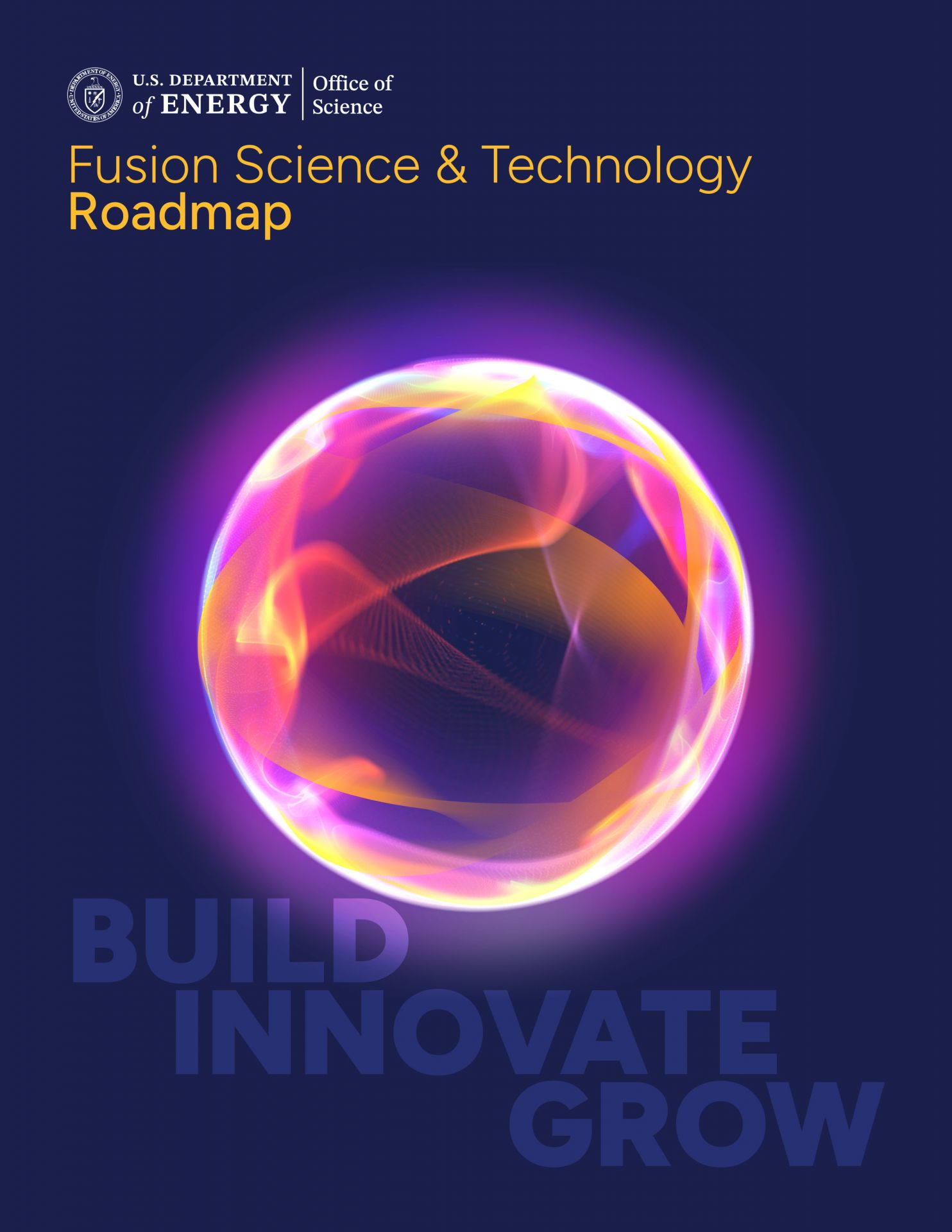 The Department of Energy introduced a Fusion Science & Technology (S&T) Roadmap on October 16 as a national “Build–Innovate–Grow” strategy to develop and commercialize fusion energy by the mid-2030s by aligning public investment and private innovation. Hailed by Darío Gil, the DOE’s new undersecretary for science, as bringing “unprecedented coordination across America's fusion enterprise” and advancing President Trump’s January 2025 executive order, “Unleashing American Energy,” the road map echoes plans issued by the DOE’s Office of Fusion Energy Sciences (FES) in 2023 and 2024, with a new emphasis on the convergence of AI and fusion.
The Department of Energy introduced a Fusion Science & Technology (S&T) Roadmap on October 16 as a national “Build–Innovate–Grow” strategy to develop and commercialize fusion energy by the mid-2030s by aligning public investment and private innovation. Hailed by Darío Gil, the DOE’s new undersecretary for science, as bringing “unprecedented coordination across America's fusion enterprise” and advancing President Trump’s January 2025 executive order, “Unleashing American Energy,” the road map echoes plans issued by the DOE’s Office of Fusion Energy Sciences (FES) in 2023 and 2024, with a new emphasis on the convergence of AI and fusion.
The road map release coincided with other fusion energy events held this week in Washington, D.C., and beyond.

Massachusetts Gov. Maura Healey wants to accelerate the state’s leadership in both fission and fusion, and earlier this month asked the University of Massachusetts–Lowell to develop road maps to support research, manufacturing, and deployment of advanced nuclear and fusion energy in the state to “affordably, reliably, and sustainably” meet growing electricity demand in New England.

The Tennessee Valley Authority has issued a letter of intent to fusion energy start-up Type One Energy regarding the utility’s interest in the potential deployment of Type One Energy’s fusion power plant technology at TVA’s former Bull Run fossil plant site once it is commercially ready.

Last week saw a wave of U.S. and U.K. nuclear companies and organizations forging new transatlantic ties, with even the American Nuclear Society and the U.K.’s Nuclear Institute reaching a new agreement.
 The Department of Energy announced on Wednesday that it has awarded $134 million in funding for two programs designed to secure U.S. leadership in emerging fusion technologies and innovation. The funding was awarded through the DOE’s Fusion Energy Sciences (FES) program in the Office of Science and will support the next round of Fusion Innovation Research Engine (FIRE) collaboratives and the Innovation Network for Fusion Energy (INFUSE) awards.
The Department of Energy announced on Wednesday that it has awarded $134 million in funding for two programs designed to secure U.S. leadership in emerging fusion technologies and innovation. The funding was awarded through the DOE’s Fusion Energy Sciences (FES) program in the Office of Science and will support the next round of Fusion Innovation Research Engine (FIRE) collaboratives and the Innovation Network for Fusion Energy (INFUSE) awards.
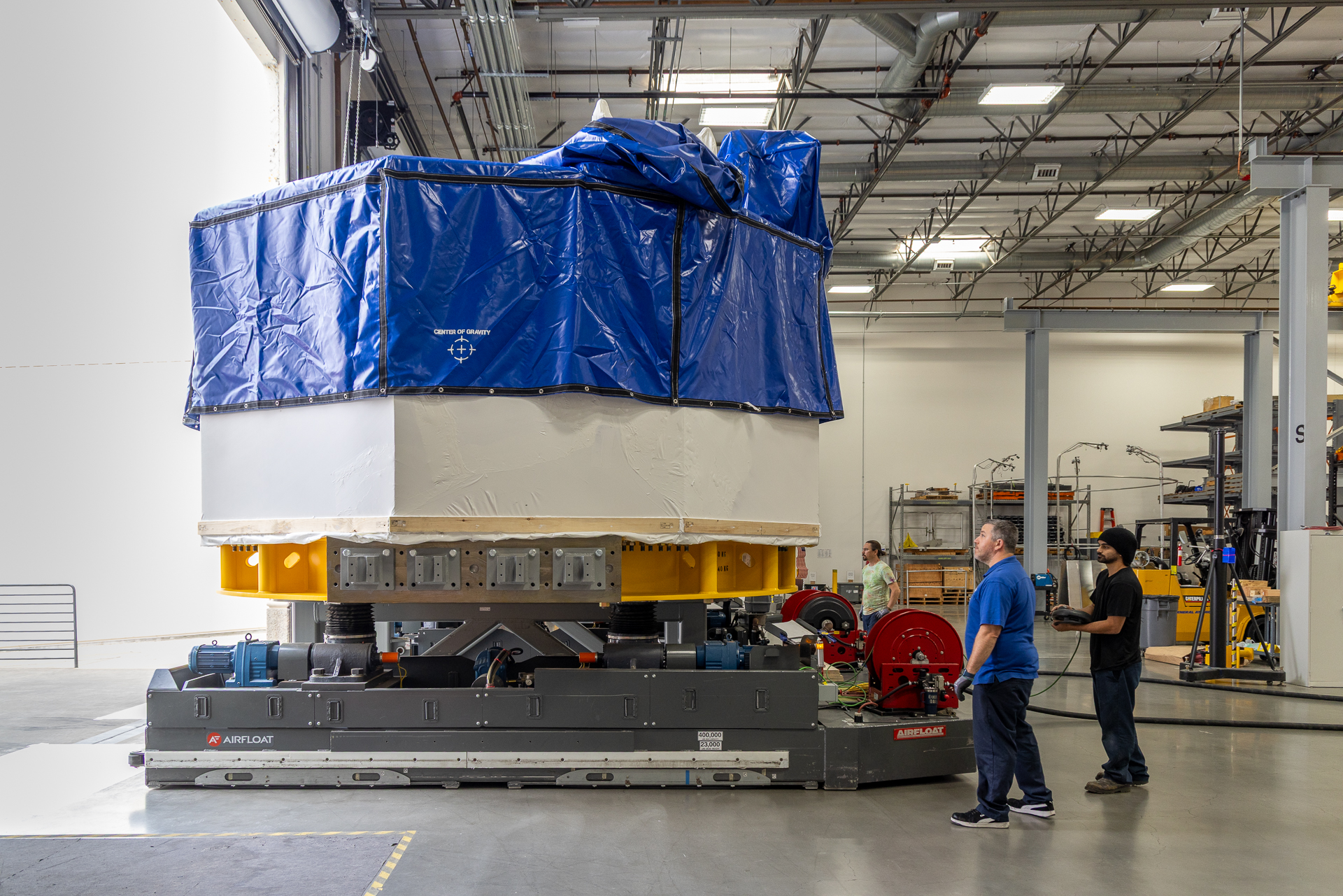
General Atomics last week celebrated the completion of the central solenoid modules for the ITER reactor being built in southern France. Designed to demonstrate the scientific and technological feasibility of fusion power, the ITER tokamak will be the world’s largest experimental fusion facility.

In May, the Wendelstein 7-X stellarator in Greifswald, Germany, concluded an experimental campaign by sustaining a plasma with a high triple product for 43 seconds. The machine far surpassed its own previous performance with a value that the Max Planck Institute for Plasma Physics (IPP) says “exceeds previous tokamak records for long plasma durations”—in part because of a fuel pellet injection system developed by researchers at Oak Ridge National Laboratory.
Watch ORNL’s video of that fuel pellet injection system—in use since September 2024—as it extrudes a column of frozen hydrogen and then cuts individual 3.2-millimeter-long pellets. The process, which takes just half a millisecond, was captured in slow motion by ORNL engineer Steve Meitner.

Another start-up hoping to capitalize on progress the Department of Energy’s Lawrence Livermore National Laboratory has made in realizing inertial fusion energy has been launched. On August 27, San Francisco–based Inertia Enterprises, a private fusion power start-up, announced the formation of the company with the goal of commercializing fusion energy.

San Diego, Calif.–based General Atomics has announced a $20 million, 10-year strategic investment in Canada’s Fusion Fuel Cycles Inc. (FFC), a joint venture between Canadian Nuclear Laboratories and Japan’s Kyoto Fusioneering. The investment will help accelerate the development of FFC’s flagship project, the Unique Integrated Testing Facility (UNITY-2), a deuterium-tritium fuel cycle test facility located at CNL’s Chalk River Laboratories.
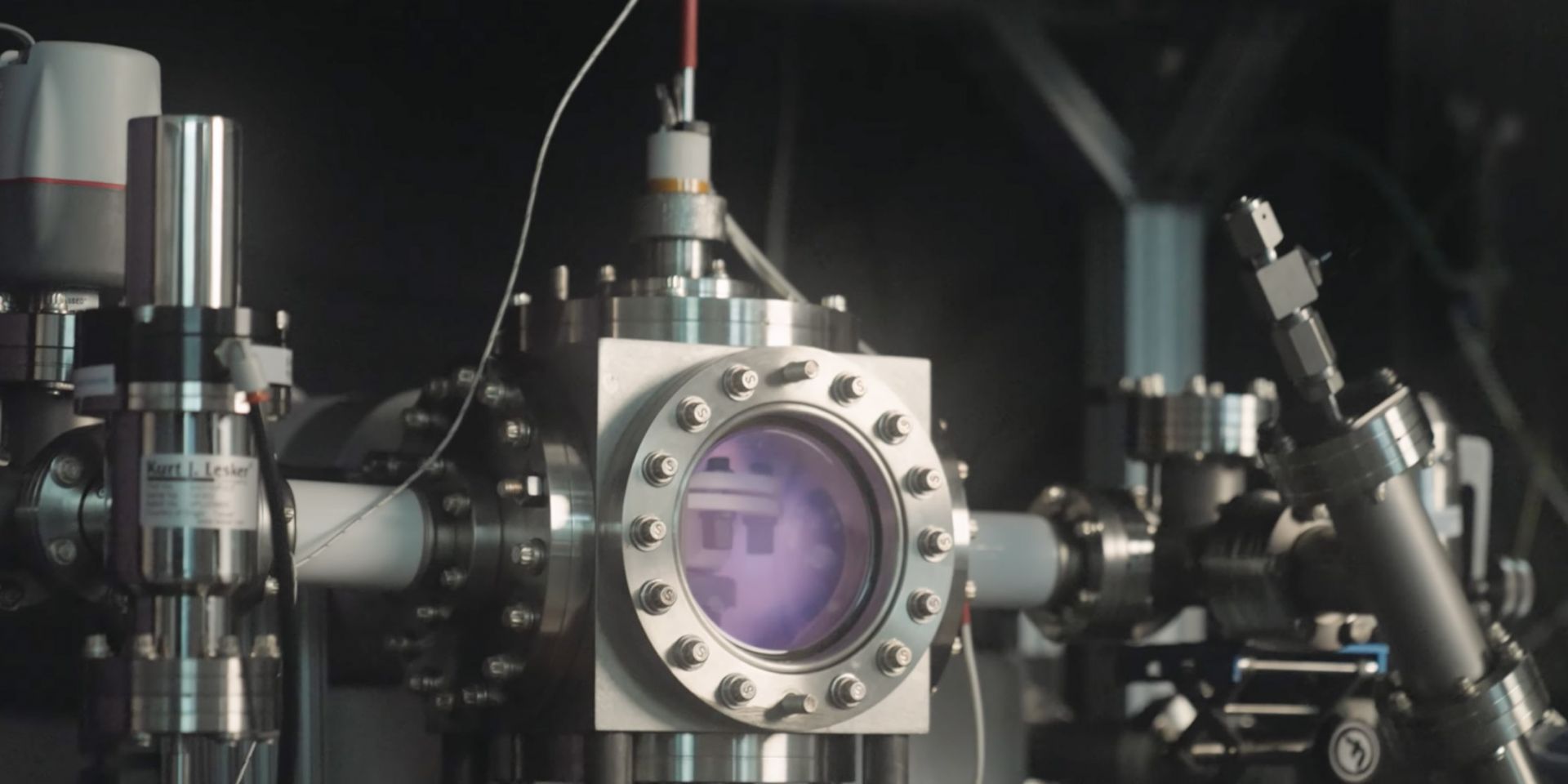
Researchers at the University of British Columbia seeking the energy grail of cold fusion—alias lattice confinement fusion or low-energy nuclear reactions (LENR)— used electrochemistry to load extra deuterium ions into a metal lattice and found a “modest” performance boost of 15 percent, compared with experiments without the electrochemical loading technique, according to the university.

The article “Finding the shadows in a fusion system faster with AI,” published by the Department of Energy’s Princeton Plasma Physics Laboratory, details the public-private partnership among PPPL, Commonwealth Fusion Systems, and Oak Ridge National Laboratory. The partnership has led to a new artificial intelligence approach that is faster at finding what’s known as “magnetic shadows” in a fusion vessel: “safe havens protected from the intense heat of the plasma.”
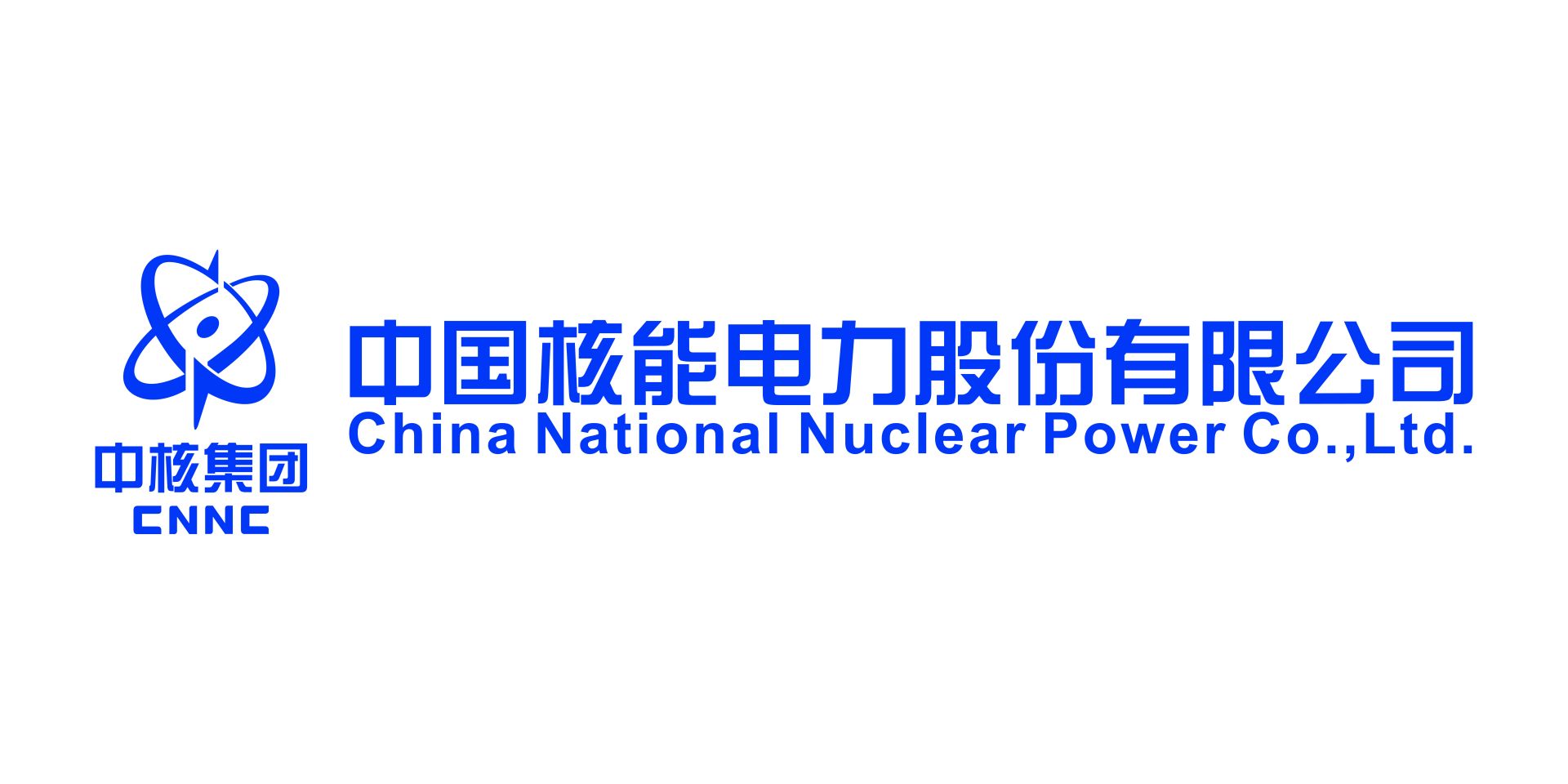
China has established a state-owned fusion energy company, China Fusion Energy Co. (CFEC), as a subsidiary of the China National Nuclear Corporation with the goal of accelerating the commercialization of fusion energy. According to a report by People’s Daily Online, the new company has a registered capital of 15 billion yuan (about $2.1 billion).